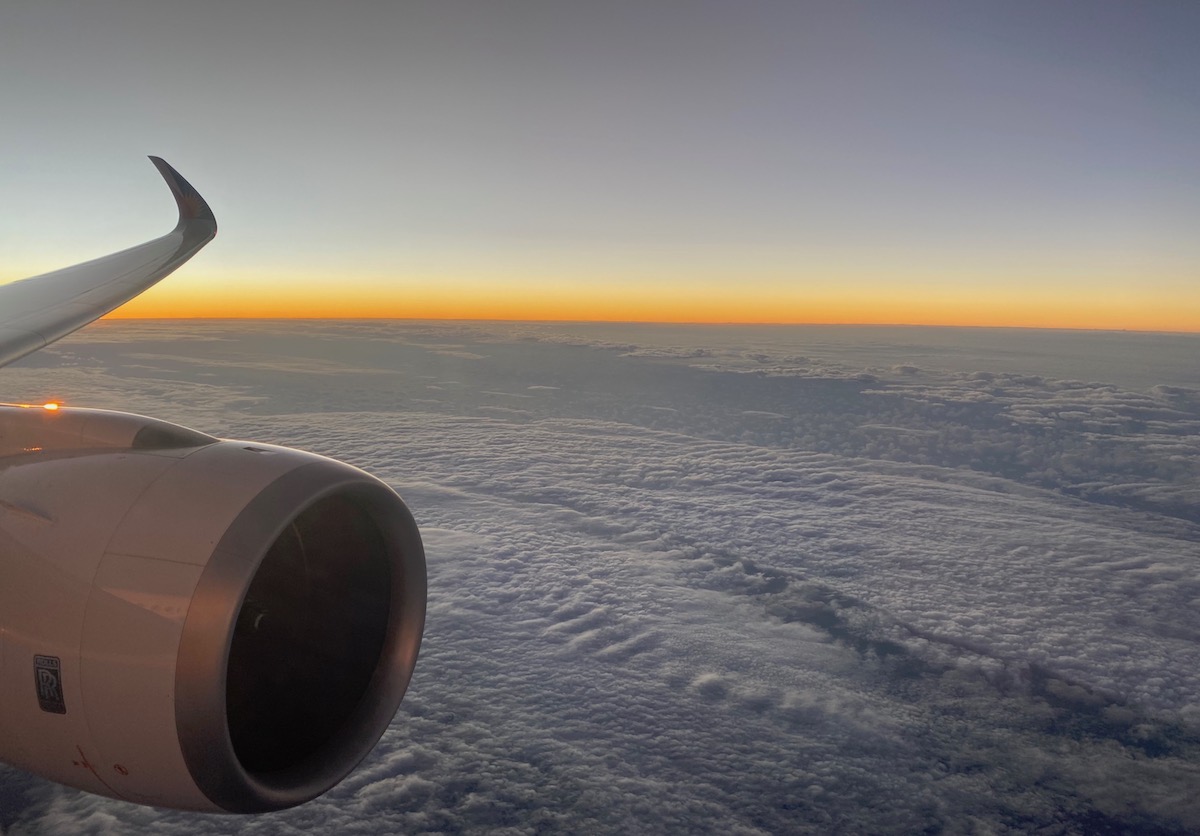
The International Air Transport Association (IATA), which is the largest trade organization representing major airlines, has released an updated global passenger forecast, showing that recovery in air transport is slower than expected.
Recovery of air travel delayed one year
IATA has released its updated forecast on travel recovery, which is bad news for airlines. According to IATA:
- Recovery on long-distance travel expected to occur in 2024 (This is passenger traffic measured in revenue per kilometer of passengers or RPK); this is a year later than expected
- Recovery on short-haul travel expected to occur in 2023, faster than the recovery that we will see in long distance trips; this is still later than expected, as previous IATA projections said that this recovery would occur in 2022
- By 2020, global passenger traffic is expected to decrease by 55% compared to 2019; This is worse than the April 2019 forecast of a 46% drop
- The global load factor in June 2020 was only 57.6%, which represents a record low for the industry.
While these up-to-date forecasts are worth considering, ultimately even an organization with as much data and resources as IATA is actually throwing darts at a board here.
When the pandemic started, we saw that the airline industry offered very specific deadlines for recovering from a trip, when in reality it seemed that there were too many unknowns to give any kind of useful prediction.
I realize that airlines need to plan as best they can and should give employees and shareholders an idea of how things are. But there are so many variables, including whether / when we’ll see a vaccine, and how useful it would be.

Short-distance travel is expected to recover before long-distance travel.
Why the renewed pessimism?
Why does IATA expect the global travel recovery to take a year longer than expected just a couple of months ago? It all comes down to a few trends:
- Slow virus containment in the US and developing economies: While developed economies outside of the U.S. have largely managed to contain the virus, that has not been the case in the U.S. and in many developing economies, which account for 40% of global markets air travel
- Reduced corporate travel: Corporate travel budgets are expected to be very limited, not to mention the logistical and security challenges associated with traveling right now
- Weak consumer confidence: While there is demand for visiting friends and family, as well as leisure travel, consumer confidence is weak due to job security concerns and rising unemployment
As Alexandre de Juniac, CEO and CEO of IATA, describes the forecast:
“Passenger traffic bottomed out in April, but the strength of the rebound has been very weak. The improvement we have seen has been domestic flight. International markets remain largely closed. Consumer confidence is depressed and is not helped by the UK weekend’s decision to impose a general quarantine on all travelers returning from Spain. And in many parts of the world infections continue to rise. All of this points to a longer recovery period and more pain for the industry and the global economy.
For airlines, this is bad news that points to the need for governments to continue aid measures, both financial and otherwise. For example, a full north winter season waiver on the 80-20 use-it-or-lose it slot rule would provide critical relief to airlines in planning schedules amid unpredictable demand patterns. Airlines are planning their schedules. They must remain very focused on meeting demand and not complying with slot rules that were never intended to accommodate the sharp fluctuations of a crisis. The sooner we know the slot rules, the better, but we are still waiting for governments in key markets to confirm an exemption. ”

IATA is pessimistic about US response to coronavirus
Bottom line
IATA now predicts that short-distance travel will not recover until 2023, and long-distance travel will not recover until 2024, representing a delay of one year compared to predictions shared a couple of months ago.
This worse prognosis is due to slow virus containment in the US and developing countries, reduced corporate travel and weak consumer confidence.
While IATA’s projections are worth knowing, I think it’s safe to say that there are so many variables here, and it’s hard to see this as more than just an educated guess.
What do you think of IATA’s projections for a recovery in the travel industry?